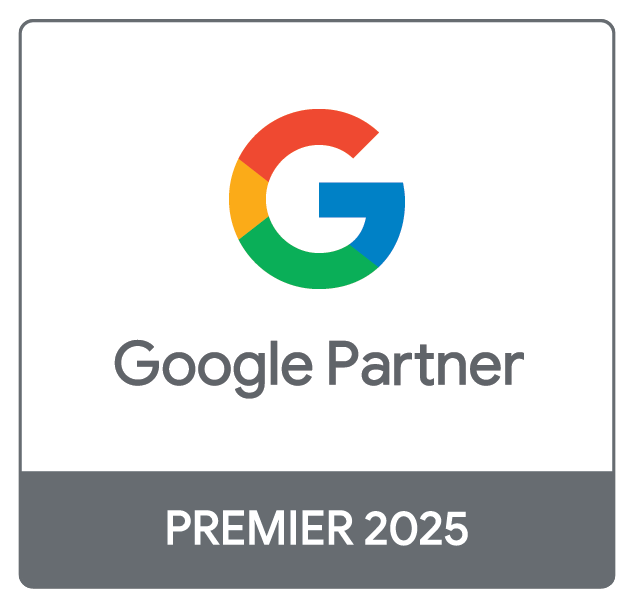This year has certainly been turbulent. From the fresh prince of Bel-Air taking a swing at Marty from Madagascar, to a scandalous politician entering the I’m a Celebrity jungle.
All jokes aside, 2022 has been a challenging year for many, with uncertainty persisting into 2023, and beyond. As marketers, we need to be accustomed to, and prepared for, the ever-changing landscapes we’re presented with.
Google Ads announced its priorities for 2022 at the beginning of the year; automation, measurement, and privacy. As PPC managers, we strapped on our hypothetical lab coats and prepared ourselves for another year of change and experimentation. As an attempt to fulfil these priorities, this year, Google has gifted us with some new useful tools (and some not always so useful, performance max for lead generation, I’m looking at you here).
With us heading into 2023, it seems like the perfect time to take a look back with nostalgic eyes at the Google Ad updates we’ve seen this year which have altered our advertising environment. It’s also a good time for us to reflect upon what this means for our work, and our clients moving forward in these uncertain times.
Automation: PMax, RSA’s and DDA
At the start of the year, Google announced that Smart Shopping and Local campaigns would serve their last ads in 2022, to be replaced with the controversial, and heavily automated, campaign type that we have now spent months getting to grips with - Performance Max (PMax). Following this announcement, PMax officially took over in September.
The theme of Google seemingly taking control out of PPC marketers' hands and pushing us sometimes uncomfortably closer to AI seems to have continued throughout the year.
We said hello to summer and goodbye to our ability to edit and create expanded text ads in June. This forced us to find creative ways to play around with Responsive Search Ads (RSAs). We quickly became closely acquainted with headline and description pinning to avoid the sometimes very strange combinations that AI decided to throw together.
Finally, some members of the PPC world were left disgruntled to find out that Google was taking the bold move of automatically switching accounts (with the option to opt out) to data-driven attribution models.
The heavy push we’ve seen this year toward automation may seem quite disconcerting. However, we have to give Google some credit with the additional features which have been slowly released over the year, giving us a slight fix of what we’ve been craving - more control and insights over these new technologies. This came in the form of new conversion goals, data exclusions, and increased targeting.
We seem to be slowly edging towards harmony between us PPC marketing humans and the magical data-driven robots lurking in the Google ads interface. Despite this, there is quite a way to go. PMax campaigns seem to be running well for some of our B2C accounts but, it seems to fall short where lead gen and B2B targeting are concerned. In 2023, we’re hoping vast improvements will be made to allow us to embrace these new technologies more successfully.
Privacy: Stepping towards privacy-first marketing
Google seems to have made efforts toward its priority of privacy in 2022 by implementing first-party strategies into some features. However, Google announced this year that the deprecation of third-party cookies on Chrome is to be held out, again, until 2024. This extended the deadline by which we marketers can refine and adapt our marketing efforts for a less-intrusive landscape.
Google also announced that in August 2023, we will no longer be able to use similar audience targeting in another effort to push us towards planning for more privacy-focused, and first-party targeting approaches instead. Although these deadlines might seem now like a distant thought, we should not be complacent with our strategic planning for what is ahead.
So what does 2023 have in store for us, and what should we do to prepare?
Google certainly seems to have delivered this year in pushing us towards an advertising landscape more focused on automation and privacy. This means that we need to adapt and utilise unique practices for performance measurement.
As PPC managers, innovative strategic thinking and preparation for inevitable change should be at the forefront of our minds. Whilst we should embrace new campaign types, we should be careful not to be reliant upon automation - instead, we should work alongside AI by providing accurate and relevant data.
On this note, the data and KPIs we use to measure performance will also need to be reconsidered as the full integration of Google Analytics 4 looms closer. Third-party cookies will soon be devoured, meaning we should adapt our solutions to ensure that we have good quality data to feed AI and therefore, maximise our successes with automation optimisation.
New solutions will require a more interpersonal approach to our ads as we focus on building trust with our customers to collate quality engagements. Creativity and story-telling through our brands, with a human approach, will continue to be a vital aspect of everything that we do in 2023, and beyond.
